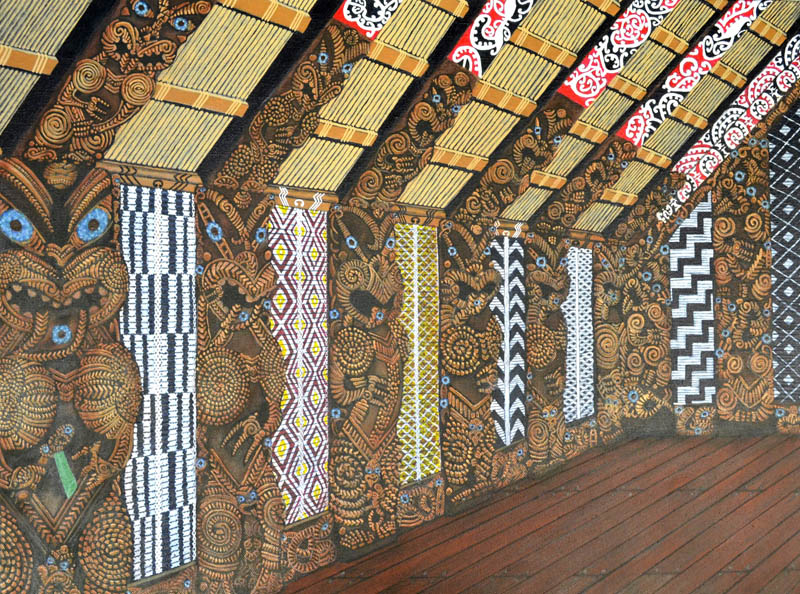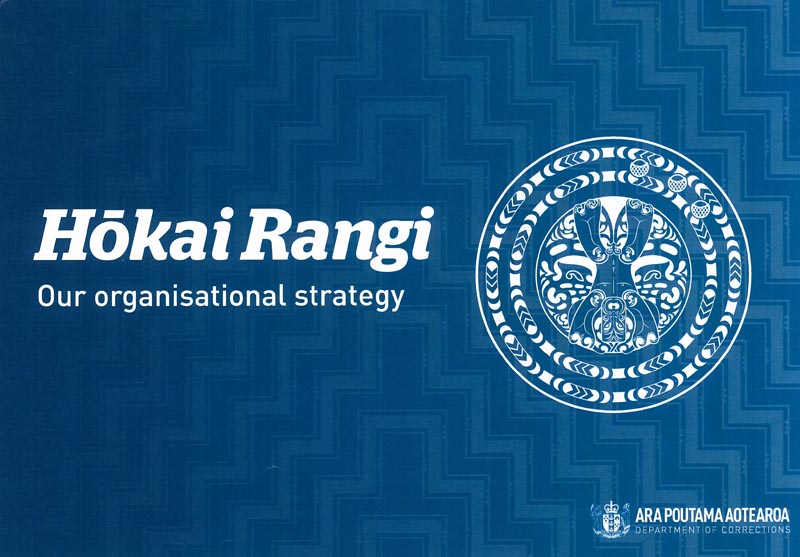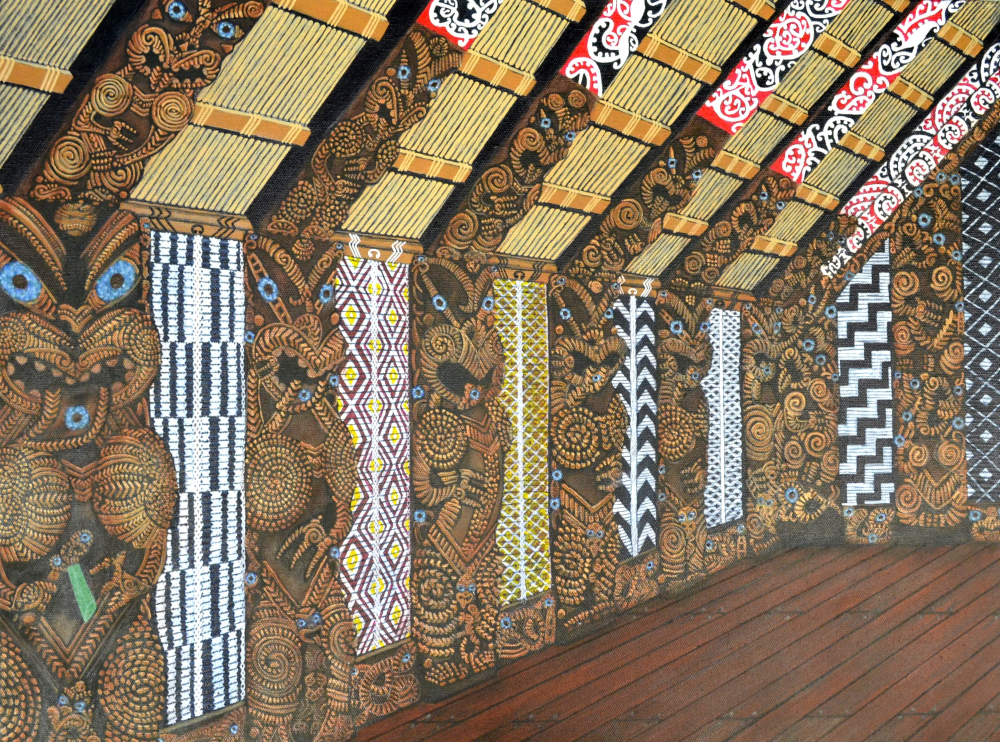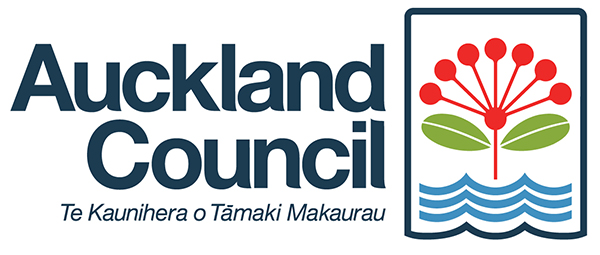Pūrākau are Māori ancestral stories carrying wisdom, values and a way of seeing the world. When used in Arts in Corrections, they do much more than fill a lesson plan. They help people understand who they are, reconnect with culture and place, and reflect through creative expression.
 Pūrākau can strengthen cultural identity and give learners a voice. This is powerful in prison settings, where creative work helps people build self-awareness and confidence.
Pūrākau can strengthen cultural identity and give learners a voice. This is powerful in prison settings, where creative work helps people build self-awareness and confidence.
Ara Poutama Aotearoa’s Hōkai Rangi strategy puts wellbeing at the centre of its work, focusing on oranga – the wellbeing of people and their whānau – and reducing the over-representation of Māori in the justice system.
The strategy calls for programmes that reflect Māori worldviews, and for staff and partners to build cultural understanding.
Arts programmes that include pūrākau naturally support these goals. The arts provide a safe way to explore stories, emotions and values, which is a key part of rehabilitation.
Recommended reading: Whakapapa, a foundation for rehabilitation
The reality of who delivers the work
Across Aotearoa, many Arts in Corrections educators are not Māori, yet Māori make up more than half of the prison population. This imbalance, a lasting effect of colonisation, means too few Māori educators work in this space.
Because of this, non-Māori educators must take care to learn how to approach Māori stories and culture in the right way.
This means being open, willing to listen and ready to build respectful relationships with Māori colleagues and communities. Each prison has people who can help make those connections. If you want to engage with mana whenua or seek guidance on using pūrākau, ask the Volunteer Coordinator or the Learning Intervention and Delivery Manager to connect you with the right person.
Taking this step helps ensure your approach is respectful and grounded in relationship. Building these relationships reflects the values of manaakitanga and whanaungatanga that underpin this work.
Walking the line with care and integrity
You might not be Māori, or you might be Māori wanting to use stories from another iwi or hapū. In either case, act with care and follow tikanga. Pūrākau are not just stories to borrow; they are living knowledge belonging to people and places.
Many Māori hold strong feelings about non-Māori using their stories, due to long histories of cultural harm where stories were taken or reshaped without understanding. These are fair concerns. Pūrākau carry wairua and responsibility; they are not neutral stories to be used at will.
However, avoiding te ao Māori entirely means many Māori participants miss out on seeing their culture reflected in the space. The answer is not to stand back, nor to step forward carelessly, but to walk the line with care, humility and integrity.
For non-Māori and non-mana whenua educators, some good pathways include: beginning in relationship, following guidance from mana whenua, working through values rather than ownership, sharing leadership with Māori educators, and reflecting on your own whakapapa. Knowing your own ancestral stories helps you appreciate the value and responsibility of caring for others’ stories.
Understanding the power dynamic
If you are not Māori, or not mana whenua, you do not have the right to speak with authority about Māori stories. That authority rests with the people those stories belong to. Still, you can work with pūrākau respectfully, with permission and humility. Facilitate reflection through them without claiming to speak for them. Hold space rather than hold knowledge, allowing participants to connect and make meaning in their own ways.
What good practice looks like in the room
A good pūrākau session feels calm, respectful and grounded in relationship. Begin with a mihi and a check-in, agree on a simple kawa, and allow time for reflection.
 Explain your own positioning – who you are, where your knowledge comes from, and what permissions you have been given. Acknowledge the authority of mana whenua or Māori mentors. This transparency sets the tone for accountability and models respect for Māori knowledge.
Explain your own positioning – who you are, where your knowledge comes from, and what permissions you have been given. Acknowledge the authority of mana whenua or Māori mentors. This transparency sets the tone for accountability and models respect for Māori knowledge.
Encourage participants to explore what the story means to them and reflect on its values and connections to their own experiences. End with a karakia or quiet moment to close the space. When pūrākau is taught with care, it helps people rediscover purpose, strengthen identity and make positive choices.
This is the kind of change that Hōkai Rangi aims for – one that leads to healing, connection and wellbeing.
Download the 1700-word version of Neil's blog.
How to use pūrākau in Arts in Corrections (pdf 152KB)
How to use pūrākau in Arts in Corrections (Word 29KB)



